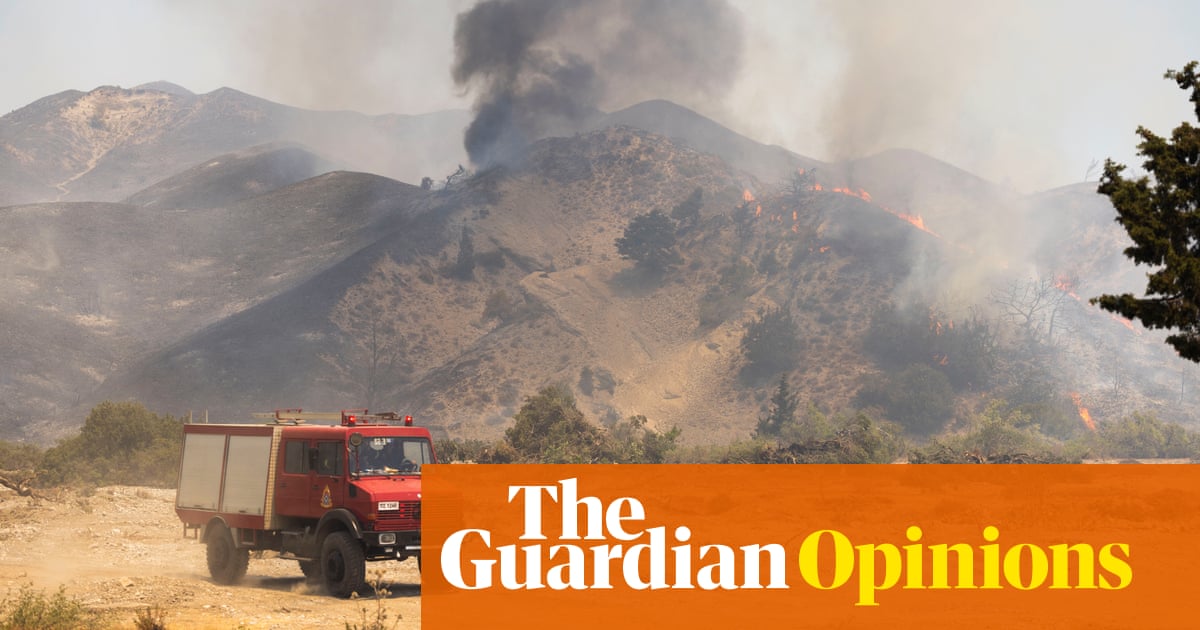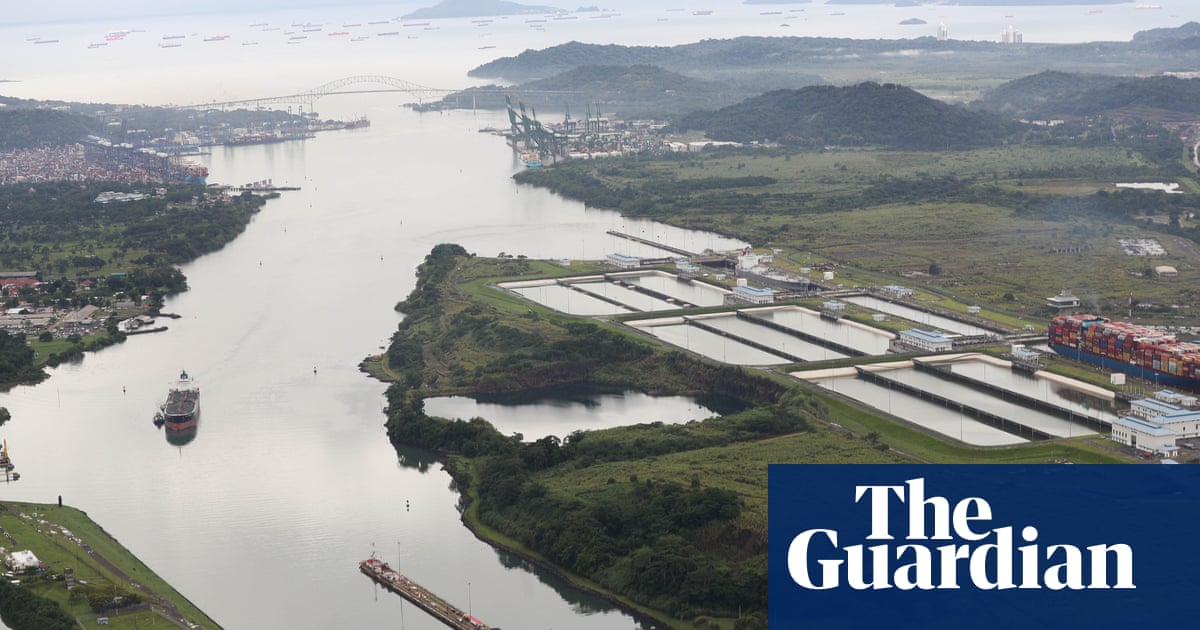
Over the past few decades, climate scientists have made huge strides in understanding the future climate. But after recent weeks of extreme heat and devastating floods it’s clear that, although climate models have provided good information about overall rising temperatures, they can’t be sure what level of destruction each notch on the thermometer will bring.
Climate modelling is extremely complex, but its fundamentals rely on basic physics – X tonnes of emissions will bring Y increase in temperature, with some error bars. Supercomputers have been able to factor in shifts in land use that will change the reflectivity of the Earth’s surface. Improved temperature records helped verify their findings.
But lately, leading researchers have made a painful confession: even their most sophisticated models can’t yet foresee exactly how Earth systems will respond to those higher temperatures.
The influential Intergovernmental Panel on Climate Change (IPCC) says cranking up global temperature by half a degree will bring “much more extreme weather, and it can be more often, more intense, or extended in duration” – but exactly how much more, it can’t precisely say.
So, for instance, we’ve already had a global temperature rise of about 1.2C: that’s in line with IPCC projections. Yet the panel couldn’t warn us about the appalling heat dome that’s been searing North America. I can’t find heat domes mentioned in the bible of climate change, the IPCC report. This periodic report inevitably lags behind new science and – under pressure from some governments and industries, as well as a desire not to scaremonger – its pronouncements tend to be conservative.
The models also couldn’t warn us accurately about the emergence of the heat trapped deep in the ocean, which soaks up 90% of the world’s excess warmth. In the 35 years I covered the environment for the BBC, I recall speculation that the warmth could stay deep for decades, perhaps centuries – not that some of it would suddenly burst up to the surface off the coast of northern Britain.
Major uncertainties remain, too, over rainfall. Good information about the future of monsoon rain would be a godsend for farmers who rely upon it – not just in India but in southern China. Unfortunately, good information on precipitation is proving a bit tricky to find.
The macro models also failed to project the effect of current elevated temperatures on ice at both poles. The former IPCC chief, Prof Bob Watson, told me: “I am very concerned. None of the observed changes so far (with a 1.2C temperature rise) are surprising. But they are more severe than we predicted 20 years ago, and more severe than the predictions of five years ago. We probably underestimated the consequences.”
This is a massive admission. He added: “Scientists are only now starting to understand the response of large ice sheets in Greenland and Antarctica – and it is very disturbing.”
Prof Jane Francis, director of the British Antarctic Survey, told me a few months ago the latest science on ice melt was “truly scary”.












